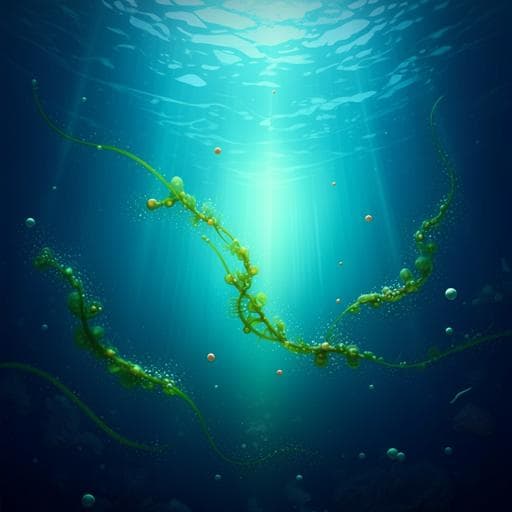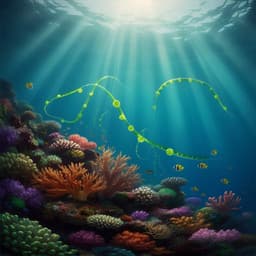
Earth Sciences
Photoacclimation by phytoplankton determines the distribution of global subsurface chlorophyll maxima in the ocean
Y. Masuda, Y. Yamanaka, et al.
This research by Yoshio Masuda and colleagues reveals how resource allocation strategies in phytoplankton influence chlorophyll distribution across oceans. By applying an innovative photoacclimation theory, the study uncovers the underlying drivers of subsurface chlorophyll maxima, providing crucial insights for understanding phytoplankton responses to climate change.
~3 min • Beginner • English
Related Publications
Explore these studies to deepen your understanding of the subject.







